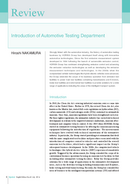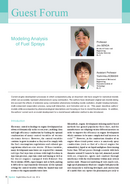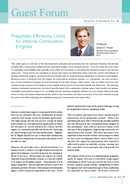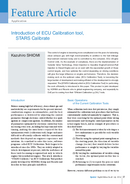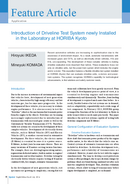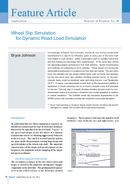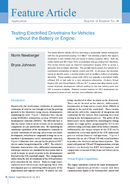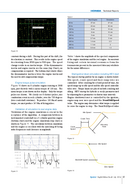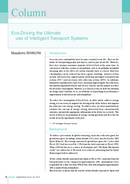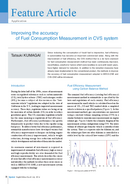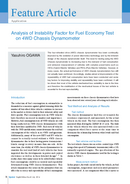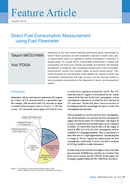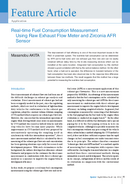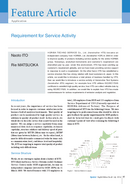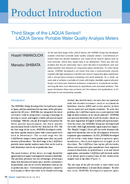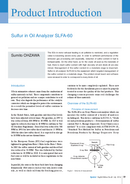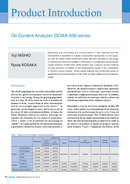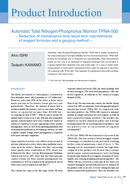PDF
0.98
MB

Thank You All for the Success of MEXA-7000
Author: Juichi SAITO
– The MEXA-ONE, our new Motor Exhaust Gas Analyzer launched in 2012, has become our core product superseding the MEXA-7000 with a surge in the number of shipments since the beginning of 2014. The MEXA-7000 had evolved continually over the nineteen years since its introduction in 1995 to respond to the significant changes that took place in emission regulations, types of fuel and new technology in engine combustion including exhaust after-treatment systems. Responding to the needs and requests from the users all over the world, the MEXA-7000 was finally advanced to version 4 which was introduced at the end of 2011 and continues to extend its record as a long-lived product. The total number of units shipped has reached more than 5,500 and the majority of them are still in use. They contribute to improve the efficiency of engine testing, combustion development and the reduction of exhaust emissions on a worldwide basis including Africa. The total number of MEXA-9000s, the predecessor of the MEXA-7000, shipped over fifteen years was 1,500. Comparing the figures between the two, I think you agree that 5,500 units of MEXA-7000 is an impressive number.



